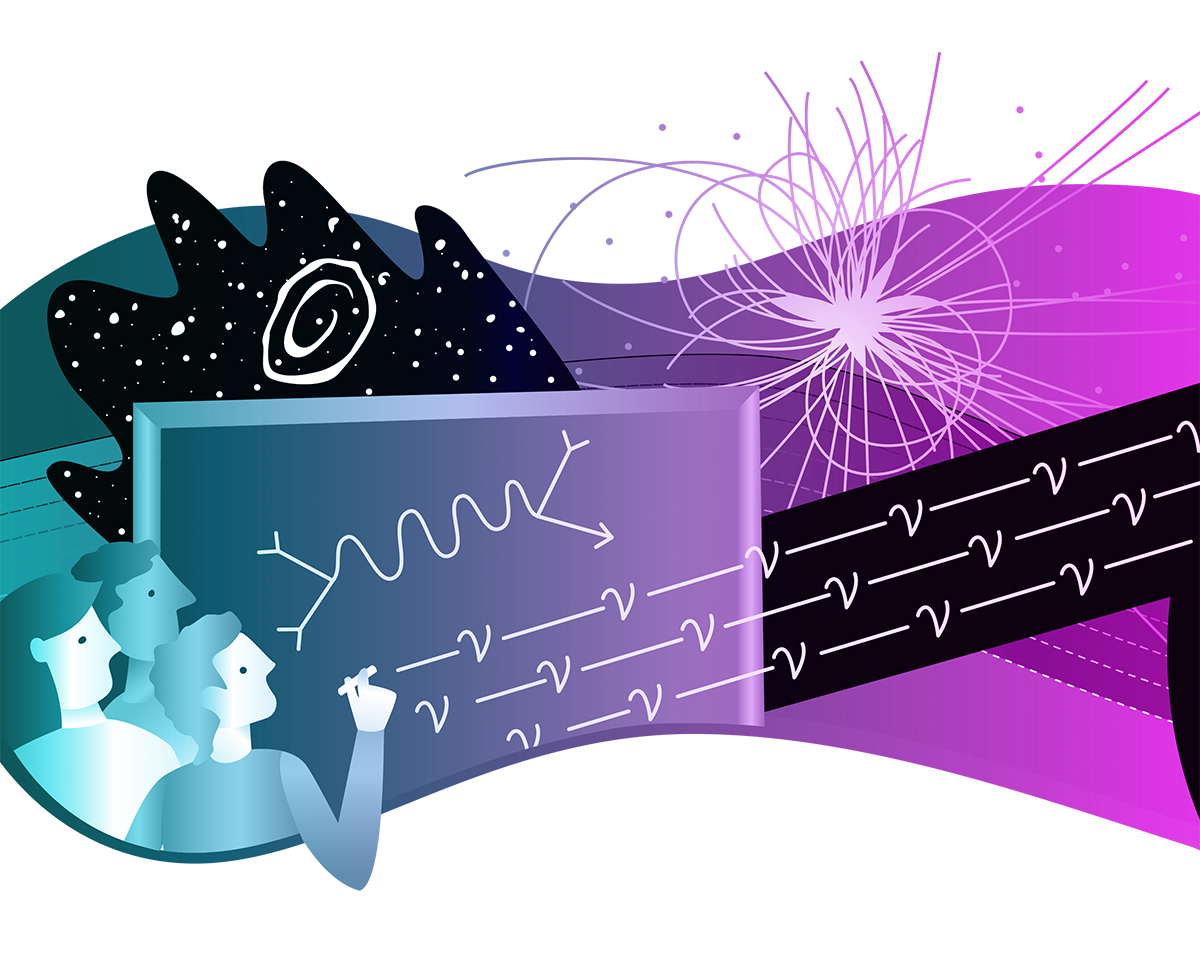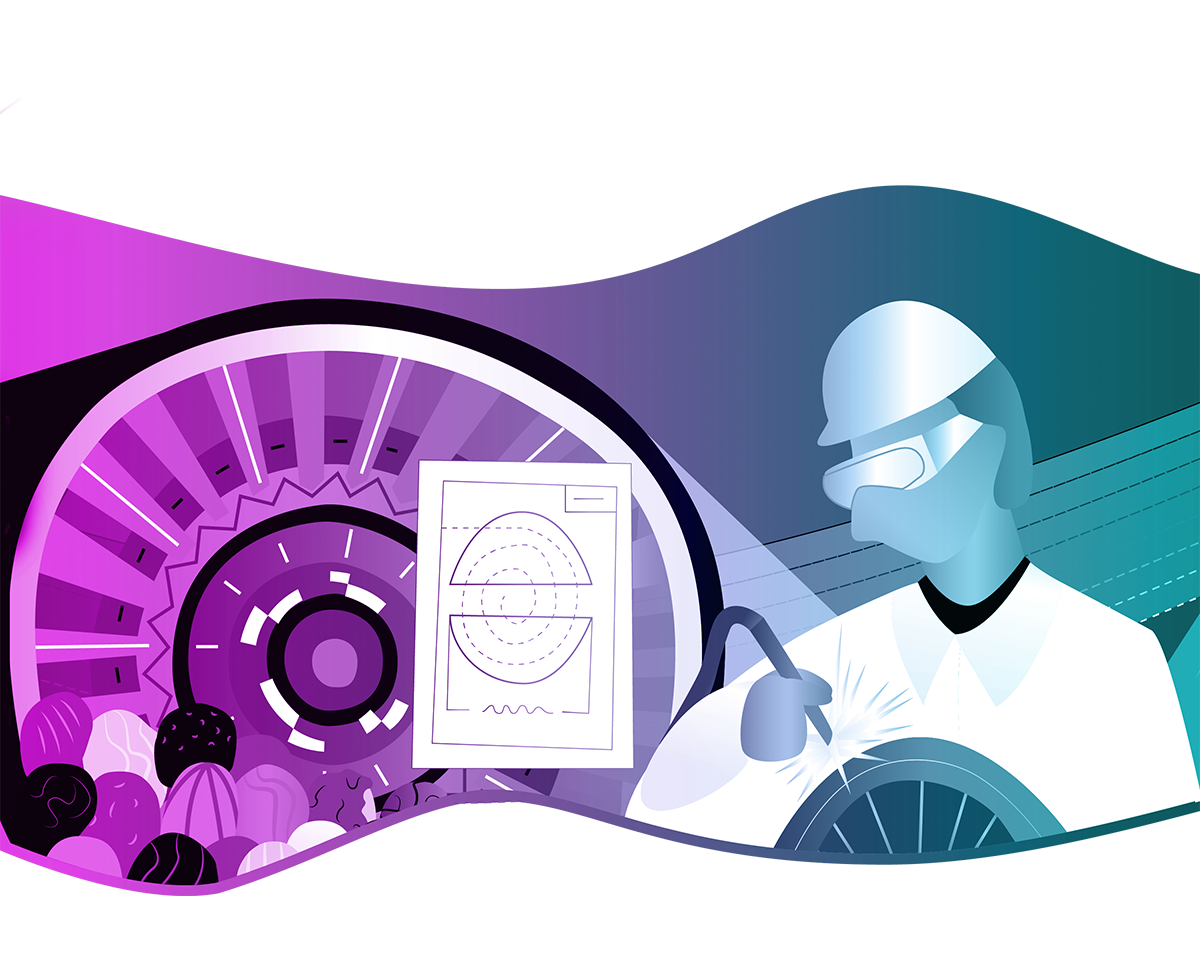Particle physics strives to discover and understand the world around us—from the smallest elementary particles to the largest scales in the universe—and, in doing so, to deliver paradigm-shifting ideas and to contribute to technologies that transform daily life.
Over the last century, particle physics ideas and discoveries have led to a remarkably beautiful and consistent picture of the fundamental building blocks of matter and laws of nature. This framework, known as the Standard Model, has come together through a continuing interplay between new theoretical ideas and experiments using state-of-the-art, pioneering technologies. The field’s innovative spirit and transformative findings also yield technologies and discoveries that advance other fields of science, medicine, and national security, impacting society, and more broadly, the human condition. The field’s most challenging endeavors, be they large or small, can require garnering the expertise and resources of many countries, leading to multi-national collaborations. The most important and pressing particle physics questions are being approached, essentially, as a global enterprise. By working together across borders, international collaborations have delivered the ideas, instrumentation, and major facilities that have yielded groundbreaking discoveries. To continue uncovering the mysteries of the universe, the field must build state-of-the-art precision experiments coupled with the world’s most powerful accelerators. Particle physicists must peer into the universe with the most advanced telescopes, and they must analyze the biggest datasets by developing and using the most advanced computational architecture and algorithms.
The U.S.’s current leadership in particle physics derives from a storied and successful history of international cooperation. However, the U.S.’s success in the next century in a global leadership role is not guaranteed. To be a leader as a partner abroad and a host at home, the U.S. must engage as a trailblazer in experiments of all scales (from small to mega scale). The U.S. must harness its expertise in areas where the country already excels, rekindle expertise in areas where the country has fallen behind, and engage strategically in new areas. The U.S. must also compete in an escalating pursuit of scientific talent and resources. Finally, to succeed in achieving world-class science, the U.S. must inspire the public as well as attract, train, and retain a diverse workforce of outstanding scientists and engineers. In doing so, the U.S. will continue to impact society more broadly as new technologies and new research areas, born from these endeavors, are applied to sectors beyond particle physics.
This report identifies seven key findings and recommendations that speak to the impact of particle physics, the complex landscape of ongoing efforts, and the international nature of the field, where forging successful collaborations is facilitated by having a good reputation as a partner or host nation.








